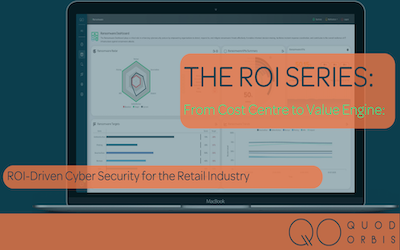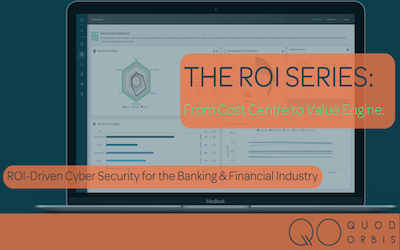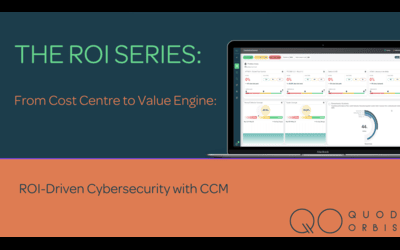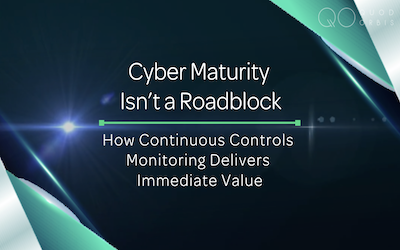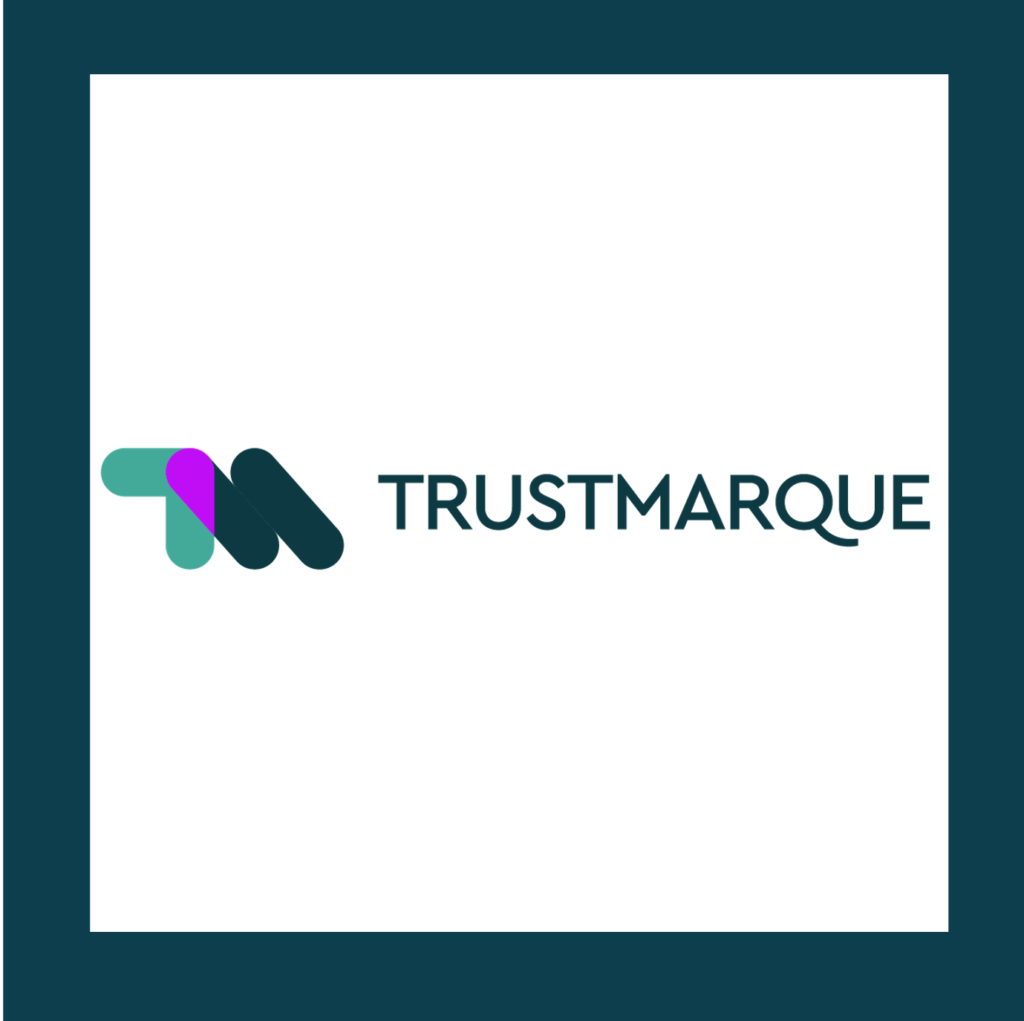The challenge for businesses knowing where all their data is comes down to the complexity of modern data systems and the need for effective data management policies and procedures.
However, there are several reasons why businesses may not really have the visibility of all their data.
Data fragmentation: Businesses today generate and use data across a wide range of systems, platforms, and applications. This can lead to data fragmentation, where data is scattered across multiple locations, in different formats and multiple solutions, making it difficult to track and manage.
Legacy kit: You may not know you have it, or you may think that it simply isn’t worth considering, but legacy kit plays a huge part in all this, and knowing what and where this is, is so important as it poses as a vulnerability in your overall security and can impact your GRC policies.
Lack of data management policies: Many businesses do not have a comprehensive data management policy in place. Without a clear policy that outlines how data should be collected, stored, and used, it can be challenging to keep track of where data is and how it’s being used.
Shadow IT: Employees may use unauthorised or unapproved applications and tools to store and process data, making it difficult for IT departments to track and manage that data.
Mergers and acquisitions: In cases where businesses have undergone mergers or acquisitions, data may be stored in legacy systems that are not integrated with the new company’s systems.
Data breaches: Cybersecurity incidents can result in data being compromised or lost, making it difficult to know where all the data is at any given time.
What are the detrimental results of not knowing fully where the data is?
Data Security Breaches: Not knowing where data is stored can lead to security vulnerabilities and increase the risk of data breaches. If sensitive data falls into the wrong hands, it can lead to financial loss, damage to the company’s reputation, and legal consequences.
Compliance Violations: Many businesses are subject to data protection regulations, such as the General Data Protection Regulation (GDPR) and the California Consumer Privacy Act (CCPA). If a business does not know where its data is stored, it may not be able to comply with these regulations, which can result in hefty fines and other penalties.
Operational Inefficiencies: Not knowing where data is stored can lead to operational inefficiencies, such as difficulty locating data when it is needed, duplicated or lost data and increased storage costs.
Business Continuity: Data is critical to the operations of most businesses. If a business does not know where its data is stored, it may not be able to recover critical data in the event of a disaster or outage, which can impact business continuity and result in significant downtime and financial loss.
Legacy kit can cause irrevocable damage: Legacy kit, or outdated technology equipment, can create data management problems for businesses and more importantly provide the gateway into your enterprise for cyber attacks.
In terms of managing this legacy kit, it may not be compatible with newer software, applications, or operating systems. As a result, it may not be able to process, store, or retrieve data in a way that meets the needs of the business.
This can lead to issues with data accuracy, security, and accessibility. For example, legacy equipment may not be able to handle the large amounts of data that modern businesses generate, or it may be more susceptible to cybersecurity threats due to outdated security protocols. Additionally, legacy equipment may be slower and less reliable than newer equipment, leading to delays in data processing and analysis.
To overcome these problems, businesses may need to invest in upgrading their equipment or finding alternative solutions to manage their data. This could involve migrating data to newer systems, implementing data management software, or outsourcing data management to a third-party provider. It is important for businesses to assess their current data management capabilities and identify any potential problems that legacy kit may be causing in order to ensure that their data is being managed effectively and efficiently.
What can businesses do to ensure they have visibility of all their data, wherever that is?
Conduct a data audit: This involves identifying all the data sources within the business, including databases, spreadsheets, and other repositories. This process helps the business to have a comprehensive understanding of where their data is stored.
Implement data classification: Businesses should classify their data based on its sensitivity and criticality. This will help the business to identify the most valuable data and prioritise its protection.
Implement access controls: Access controls should be implemented to ensure that only authorised individuals can access sensitive data. This can involve implementing role-based access control (RBAC) or other access control mechanisms.
Implement data monitoring and analytics: This involves using tools and technologies to monitor data access and usage patterns. It helps to identify suspicious activities and potential security threats.
Conduct regular data security training: All employees who handle data should be trained in data security best practices. This helps to ensure that everyone in the organisation is aware of the importance of data security and knows how to protect sensitive information.
Conduct regular security assessments: Regular security assessments should be conducted to identify potential vulnerabilities in the organisation’s data security infrastructure. These assessments can help to identify areas that need improvement and ensure that the business stays ahead of potential threats.
You know there’s a way to help you achieve all this, right?
This can feel like a huge amount of work to achieve and whilst teams are already burdened with so much to achieve from a cyber security, risk and compliance point of view, enterprises should consider how Continuous Controls monitoring can support their asset visibility. This will alleviate all the pressure from manually having to seek the data sources you do not have visibility of and remove all manual processes to be automatically monitored.
Ultimately you need to ensure there are no gaps in your systems, your processes and thus no gaps in your cyber security and compliance to ensure you are significantly reducing your risk. Asset visibility can begin your journey to CCM so whilst you may not feel your business is mature enough and you do not have the necessary processes in place to elevate to CCM, Continuous Controls Monitoring will actually support you in reaching that first step before continually monitoring your enterprise Ecosystem.
You might want to take a sneak peak into our platform here…


